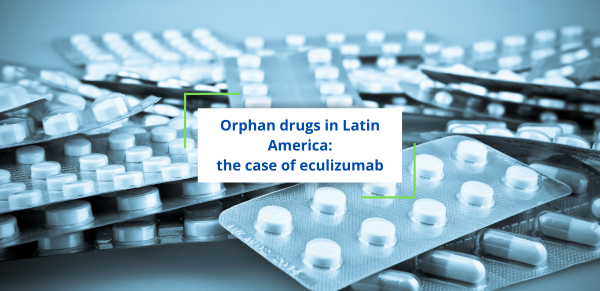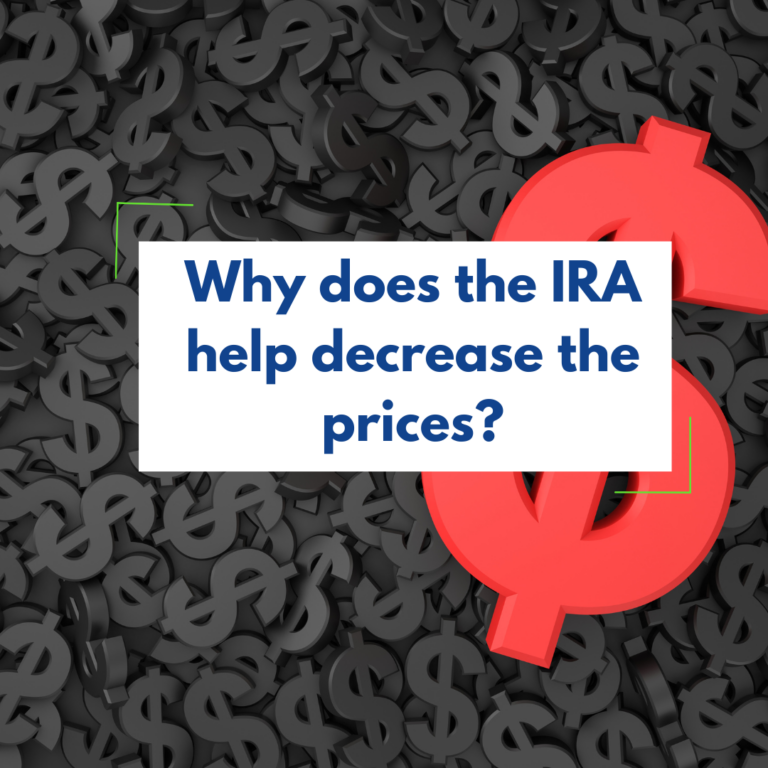Publicaciones Similares

Rare Diseases – Orphan drugs- innovative- models of procurement for rare diseases- pricing and reimbursement in Latin America
Orphan drugs used to treat rare diseases have been labeled “orphan drugs” because of their applicability to very small populations, and they respond to public health needs

Health System in Argentina
To ensure compliance with area policies for the promotion, preservation, and recovery of the population’s health, strengthening the balance between users, providers, and financiers, in conditions of free
competition, transparency, economic efficiency, and social equity.
Biosimilars in Peru
In Peru, it is necessary to implement criteria regarding the nomenclature of biosimilar medicines and the use of identifiers that allow them to be distinguished from the innovative medicine.

Orphan drugs in Latin America: the case of eculizumab for the treatment of paroxysmal nocturnal hemoglobinuria and atypical hemolytic uremic syndrome
Eculizumab It has been used in the treatment of orphan diseases, such as paroxysmal nocturnal hemoglobinuria (PNH), atypical hemolytic uremic syndrome (aHUS), neuromyelitis optica spectrum disorder (NMOSD) and myasthenia gravis

Why does the Inflation Reduction Act reduce the prices of Pharmaceuticals?
The Inflation Reduction Act (IRA) is used to lower drug prices by imposing extra costs on drug manufacturers that increase their prices above the inflation rate. This forces manufacturers to keep their price increases below the inflation rate to avoid the penalty

Chilean Health System
Contribute to preserving and improving the health of the population, especially through its personal and collective care services, which seek to be a coherent response to the health and health care needs of the various population groups.
